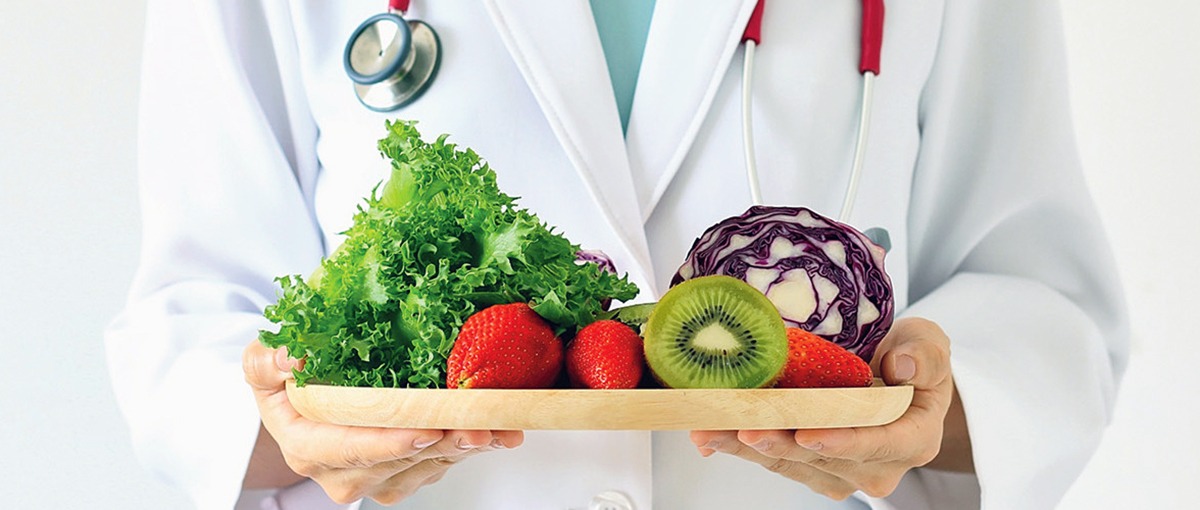“Let food be thy medicine and medicine be thy food.”
—Hippocrates
Greek physician Hippocrates was born around the middle of the fifth century, BC. into a wealthy family. He went to a formal secondary school before learning medicine from his father, who was a physician-priest, and another physician of the time named Herodicus.
Herodicus is recognized as the first person in the history of medicine who actually combined sports with medicine. He believed bad health to be the result of an imbalance between diet and physical activity and for this reason, he recommended a strict diet, constant physical activity, and regular training. Today, he is considered the founding father of sports medicine.
Learning from both his own father and Herodicus, Hippocrates became well known for his teaching as much as his healing abilities. He started a school for medicine on the Greek island of Kos around 400 BC. And it was here that many of the methods attributed to Hippocrates were developed.
Hippocrates placed great emphasis on strengthening and building up the body’s inherent resistance to disease. For this, he prescribed diet, gymnastics, exercise, massage, hydrotherapy, and sea bathing. Additionally, he was a great believer in dietary measures in the treatment of disease. He prescribed a very slender, light diet during the crisis stage of an acute illness, and a liquid diet during the treatment of fevers and wounds.
The Modern Era
Unfortunately, our modern era of practicing medicine has moved away from the original methods of those great thinkers centuries ago, who believed in natural remedies as their first line of defense for healing the body from illness and disease.
Today, in the United States holistic practices such as Naturopathy, Herbalism, and Ayurveda are often referred to as ‘alternative medicine’. In the US, these methods are considered outside of ‘mainstream medicine.’ However, in other parts of the world, these methods are part of their culture and have been used for thousands of years.
Food as Medicine
Science has shown that a healthy diet and lifestyle are the prime factors in overall health and well-being. Consuming the correct proportions of vitamins and minerals from original food sources can combat many symptoms of poor health such as
- Weight gain
- Fatigue
- Joint pain
- Other illnesses
Healthy foods such as fresh fruits, vegetables, meats, dairy, and high-fiber carbohydrates contain the full number of vitamins and minerals required on a daily basis. The antioxidants, vitamins, and minerals found in fresh food also contribute to preventing:
- Overall aging
- Chronic diseases like cancer and heart disease
- Osteoporosis
- Diabetes
- Colds and routine sicknesses
Avoid Ultra-Processed Options
Ultra-processed foods like boxed macaroni and cheese, cake mixes, or microwavable dinners are chemically altered with artificial flavors, additives, and other non-natural ingredients. It’s estimated that more than half of the calories in the average American diet come from ultra-processed foods.
A five-year study of over 100,000 people found that every 10% increase in consumption of ultra-processed food was associated with a 12% higher risk of cancer.
Additionally, the heavy processing strips many foods of their basic nutrients. In fact, heavily processed foods often include unhealthy levels of added sugar, sodium, and fat which leads to health issues like obesity, heart disease, high blood pressure, and diabetes.
Keep It Colorful
For those seeking to age well by implementing more of a Food-as-Medicine approach, consider the benefits you’ll obtain simply by eating fresh and colorful food options.
Some call this ‘Eating the Rainbow’. The theory is that we should be eating servings of red, orange, yellow, green, purple, and white options every single day. Each fruit, vegetable, or plant from this color spectrum contains essential supporting nutrients.
Eating the rainbow is the best way to get all the nutrients your body needs each day. A balanced diet ensures that each of your body processes is getting the nutrition it needs to function at its’ optimum level.
|
RED |
YELLOW |
PURPLE |
WHITE |
GREEN |
|
Apples |
Avocado |
Eggplant |
Garlic |
Broccoli |
|
Beets |
Carrots |
Blueberries |
Onions |
Bok Choy |
|
Cherries |
Lemons |
Purple grapes |
Cauliflower |
Collard Greens |
|
Radishes |
Pears |
Purple cabbage |
Mushrooms |
Kale |
“Before you heal someone, ask him if he’s willing to give up the things that make him sick.”
—Hippocrates



